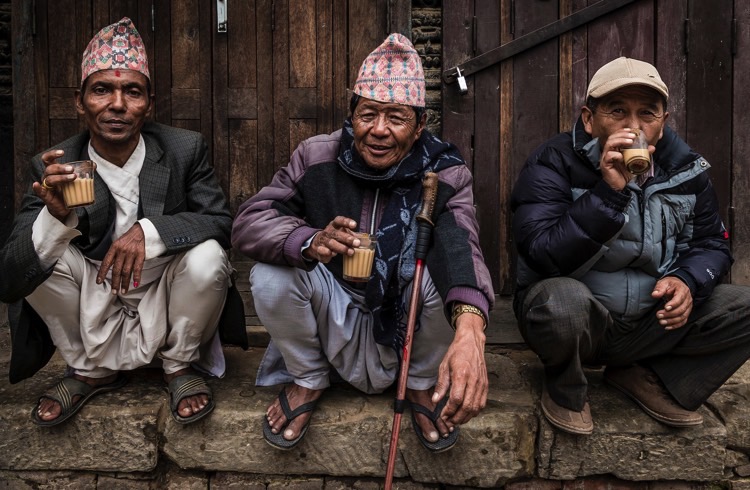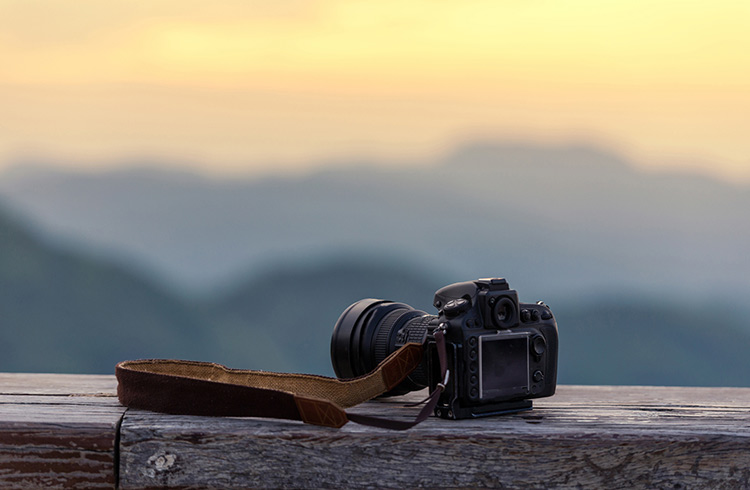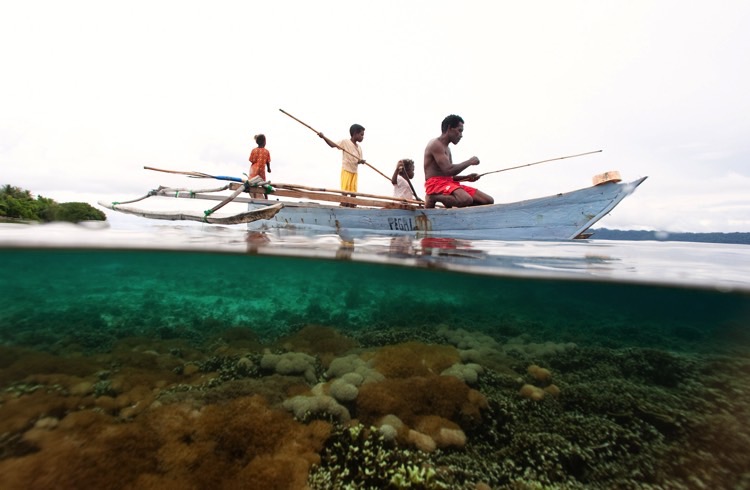When Disaster Strikes: Could You Become a Photojournalist?
An unexpected turn of events may call for a travel photographer to switch into photojournalism mode, advises seasoned photographer Nicola Bailey.
 Photo © Nicola Bailey
Photo © Nicola Bailey
Travel photography may be rewarding, but it also contains an element of risk. If you’re embarking on a photographic career focused on travel, keep in mind that you may find yourself facing situations that are unsettling and even traumatic.
- Unexpected events
- Why travel photographers can make great photojournalists
- Beyond the technicalities
- Looking after yourself
Unexpected events
Over the years, I’ve witnessed a lot of extreme poverty and been in situations where culture shock is real. I’ve also seen the fallout from a landslide in Pakistan, experienced an earthquake in Turkey, and had to make a rapid exit from the mountains in Nepal during a Maoist uprising.
One of the biggest challenges I’ve faced as a photographer, however, occurred in Bangladesh. I was there doing some work for a not-for-profit while also enjoying the beauty this small country offers – from the mountains of Chittagong to the tea plantations of Srimangal. It was while I was in the capital city of Dhaka, though, that a garment factory, Rana Plaza, collapsed. The tragedy killed 1,134 people, mostly women.
All of a sudden, I found myself in amongst the rubble photographing the crushed bodies of the workers and coming face to face with families looking for their loved ones. Over the following days, I met and photographed survivors in both the hospitals and in their communities. For the first time, I understood what collective trauma looked like.
At that moment, I was fuelled by adrenaline and outrage at what had happened. I felt it was important to take images that would capture the horror of this preventable accident and inspire change. I wanted to do what I could to stop anything like this from happening again.
In the end, I won some awards for that work, and did what I could to raise awareness of the issues around garment worker rights. It was sometime later though that I finally had the space to reflect on the experience and think about lessons I could pass on to anyone finding themselves in a similar situation.
Why travel photographers can make great photojournalists
There are many aspects of travel photography that can be useful in a disaster or conflict setting. Travel photographers are experienced at capturing the locations, people and events that work together to create a complete picture of a place.
Working as a photojournalist requires much the same approach. While every situation is different, disasters and other newsworthy events typically require the coverage of those three things too.
Travel photographers often want their photos to tell a story, just as photojournalists do. While a travel photographer may want to shine a light on culture, for example, a photojournalist may wish to highlight an issue. Both missions require skills in building powerful narratives through images.
While storytelling is important, if it’s done well one image can speak volumes about a situation and tell a powerful story in its own right. Some of my strongest photos from Bangladesh are the ones that stand out without being flanked by any other images. A woman crying, family members holding up photos of their loved ones. They speak to feelings of loss, love and grief; emotions that are felt by everyone without distinction.
In my view, taking images that speak to our collective emotions is the best way to have a lasting impact on the public consciousness.
Beyond the technicalities
Many travel photographers, particularly those with a focus on portraiture, will be skilled at building rapport with their subjects despite language or cultural barriers. Photojournalists typically require the same skillset, however, they may also find themselves up against additional layers of trauma, requiring them to be able to express empathy and understanding.
Remember to be a human being before being a lens in someone’s face. Even if you don’t speak the same language, a simple look or gesture can be enough to communicate that you feel their pain and empathize with what they’re going through. The ability to connect is not only an important personal trait, but it will also come across in the quality of work you produce.
Along with empathy, photojournalists also need resilience, energy and courage. Accessing your inner strength during those challenging situations will help you get the photos you need.
While getting great shots is important, so is ethics. Intuition is often a good guide as to what’s right and wrong, but keeping professional guidelines in the back of your mind can make the decision-making easier. The Society of Professional Journalists in the US has a code of ethics, as do journalism bodies and news outlets in many other countries. Typically, a code of ethics highlights what is acceptable from both a humane and media perspective.
Looking after yourself
Numerous studies show that photojournalists who cover traumatic events often experience physical, emotional, interpersonal and cognitive stress.
As a travel photographer who may inadvertently find themselves in a situation that’s particularly hard, it is most important to look after yourself. There’s not a lot of point in winning awards if you aren’t around to enjoy them.
Think carefully about the risks you accept and the situations you’re prepared to enter into. Take note of your surroundings and work out the best way to move safely within them. Be mindful and listen to the advice of on-location emergency services for valuable information about safety.
While resilience and courage may be needed to get the images at the time, be sure you have appropriate support afterward to assist you to process what you have seen or been through. And don’t be afraid to seek professional help.
Editor’s note: although getting the story and being first on the scene is every journalist’s dream, heading to unsafe locations such as natural disaster zones can void your travel insurance and make a risky venture downright dangerous. Read your travel insurance policy carefully before you go, and make sure you understand the terms and conditions, limitations and exclusions, and how they might apply to you.
Related articles
Simple and flexible travel insurance
You can buy at home or while traveling, and claim online from anywhere in the world. With 150+ adventure activities covered and 24/7 emergency assistance.
Get a quote


No Comments